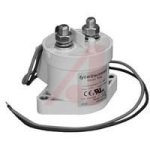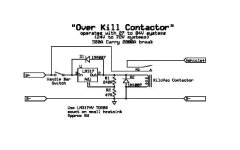BVH
1 kW
- Joined
- Mar 26, 2009
- Messages
- 411
Got my new ebike, a Commencal Meta 4.2 with BMC V3 1000 Watt motor, 51V, 30 A LiPo, temporary CLite 72V, 40 A controller. Waiting for a modded Kelly controller. I'm doing lots of tweaking so I haven't even ridden it yet. I'd like to install a handlebar mounted On/Off switch. I can't seem to find any ready-made kits. I'd rather not run full power and large wires to the bars but would rather use a remotely actuated relay/contactor. Can anyone point to ready made kits if there are any? I'd like something that looks like it came on the bike. It would be great if those who have done this could post pics and describe what they've done.




